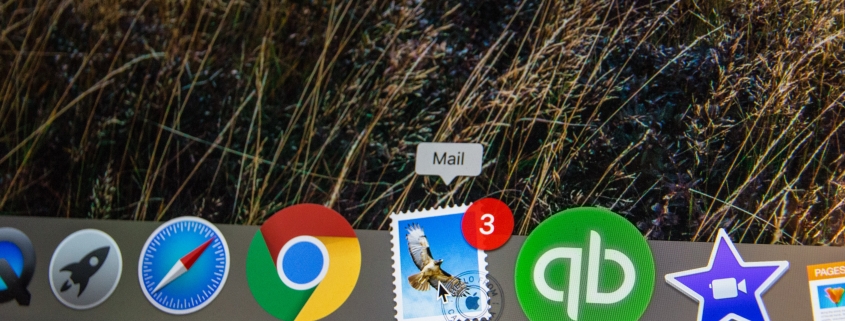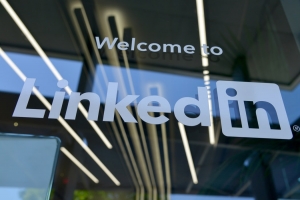What Is Cause Marketing And Why It Matters Now

A crisis can bring out the best in people and companies too! As the year 2020 continues to rapidly pivot consumer behaviour trends, we could all use some inspiration for businesses to find ways to adapt to the current times.
So, how do you make a shift in your business strategy to match the current consumer demands?
The reality is consumers aren’t buying products purely for logical reasons, they do so, more often than not, because of reasons that benefit society and the earth. Often, this consumer responsibility connection between a brand and the customer has a large influence on customer retention and sales success. As well as usually, outperforming other purchasing motivations such as discounts, coupons and sales. That’s why you need to incorporate cause marketing into your strategy.

Therefore, what exactly is cause marketing and how can you make it work for your business?
With the age of social responsibility among us, consumers are displaying their preferences lie more with personal values than personal gain. Today, customers are more inclined to buy with their hearts and consciences first, even if it means splashing out extra cash. Consumers are committed more than ever before to leave the world a better place, and they expect brands do the same.
And, if you choose to ignore the age of social responsibility, you do so at the risk of your company. Addressing internal problems within your company is not enough today. It’s time to contribute externally. Today’s consumers support companies who are making an effort to make the world a whole lot more pleasant and socially just. So, find a cause and promote it.
When choosing a cause to support, make sure you feel passionate about it. Companies that support causes they feel strongly about, will typically do better. If your employees can all get behind the cause, the energy will not go unnoticed by your consumers. Simply, giving money to a cause is not enough today. Consumers want to see companies collaborate with not-for profit organisations.

In today’s society consumers understand the importance of buying power to effect change. Companies are rewarded by consumers when their values align. Conversely, consumers punish companies whose values don’t.

Consumers seek out and purchase from companies who share a commitment to make the world a cleaner, healthier and better place.
In conclusion, consumer power has become a means of activism. Consumers put their money and their actions where their heart is. And, so should your company.
So, to leave you with some final tips on how to successfully perform cause marketing;
- Find a cause that relates to your brand
- Choose a cause that you are passionate about
- Do more than simply giving money to an issue
- Collaborate and build relationships with the non-profit of your choice













